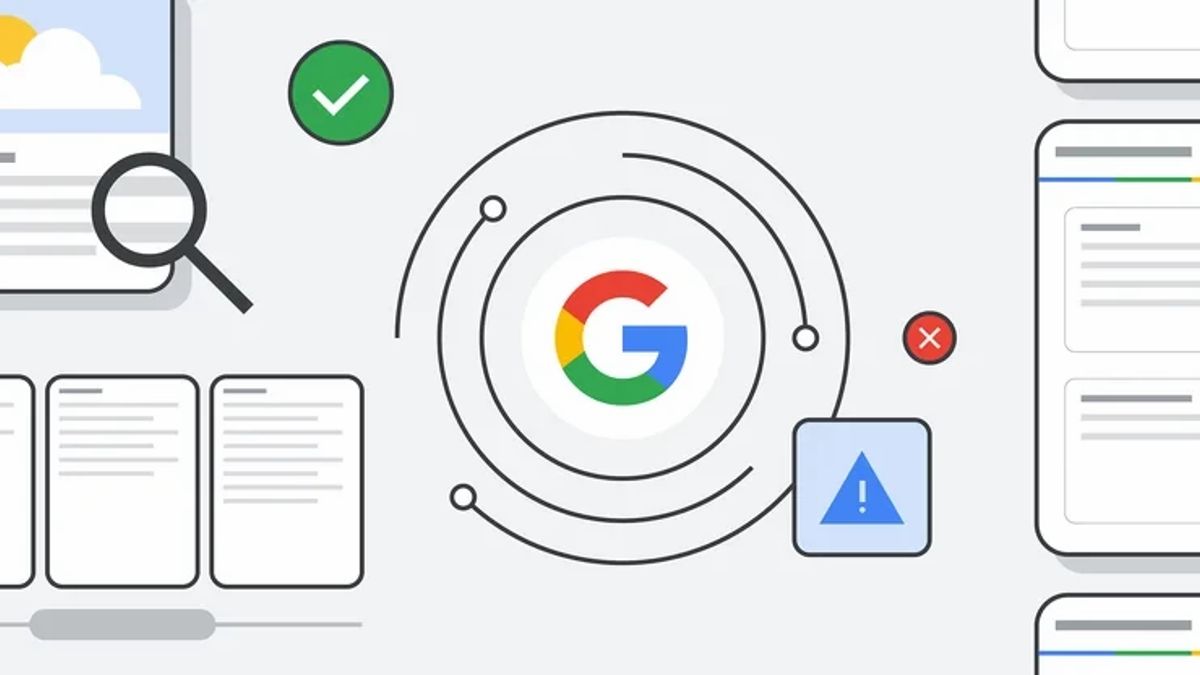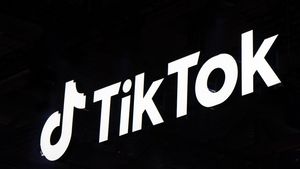JAKARTA - Ahead of the International Fact Examination Day which falls on April 2, Google shares several ways that they have created to make it easier for users in Asia Pacific to evaluate information online.
Currently, you'll start seeing three dots next to most of the results in Google Search. It serves to learn more about the results, understand where the information comes from, and see how that information will be useful for your query.
This feature is now available in all major languages in Asia Pacific, including Japan, Korea, Indonesia, Vietnam, Malay, Urdu, Simple and Traditional China, and some Indian languages.
In addition, YouTube is expanding an information panel that provides a topic context to Singapore, Pakistan, Papua New Guinea, and New Zealand. So, when you watch videos about certain topics that tend to misinformation, you will see a panel of information at the top of the search or below the videos you watch, which contains links to additional info.
Google also said that over the past few years, companies have trained more than 177,500 journalists in 17 countries and territories across Asia Pacific, linked to misinformation.
Last November Google and YouTube announced a grant of USD 13.2 million to the International Fact-Checking Network at the Poynter Institute to launch a new Global Fact Check Fund.
Furthermore, last December, Google also provided 1.2 million US dollars to support Cek Facta and journalists, fact-checkers, and Indonesian citizens to counter misinformation ahead of the 2024 election.
Google also runs a misinformation education program on YouTube, with the name Hit Whale. The program aims to encourage users to think critically about information in several Asia Pacific countries including India, Indonesia, Australia, and New Zealand.
The English, Chinese, Japanese, Arabic, and French versions are automatically generated by the AI. So there may still be inaccuracies in translating, please always see Indonesian as our main language. (system supported by DigitalSiber.id)









